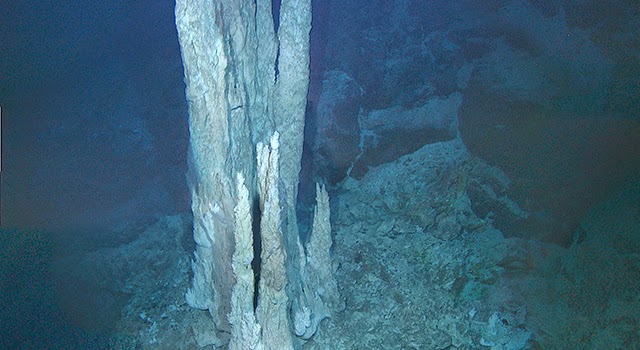
Young stars are surrounded by circumstellar disks for several million years; it is in these disks that planets are thought to form. The Spitzer Space Telescope has been providing a wealth of data that aids in understanding the evolution of protoplanetary disks. I will present results from Spitzer that reveal significant disk evolution, ranging from dust grain growth to disk clearing, already at an age of 1 million years. Thus, we are observing the first steps of planet formation in several of these young disks, which place constraints on planet formation mechanisms.
 Investigating Habitable Environments on Mars Using Orbital and Rover-Based Imaging Spectroscopy
Investigating Habitable Environments on Mars Using Orbital and Rover-Based Imaging Spectroscopy Chemical Gardens, Chimneys, and Fuel Cells: Simulating Prebiotic Chemistry in Hydrothermal Vents on Ocean Worlds
Chemical Gardens, Chimneys, and Fuel Cells: Simulating Prebiotic Chemistry in Hydrothermal Vents on Ocean Worlds The Synthesis of an Artificial Genetic Polymer: From Small Molecules to Proto-Nucleic Acids
The Synthesis of an Artificial Genetic Polymer: From Small Molecules to Proto-Nucleic Acids Quantifying Constraints on Metabolic Diversity Patterns
Quantifying Constraints on Metabolic Diversity Patterns